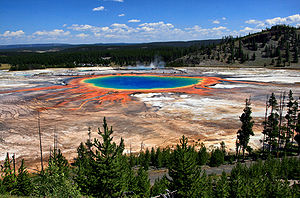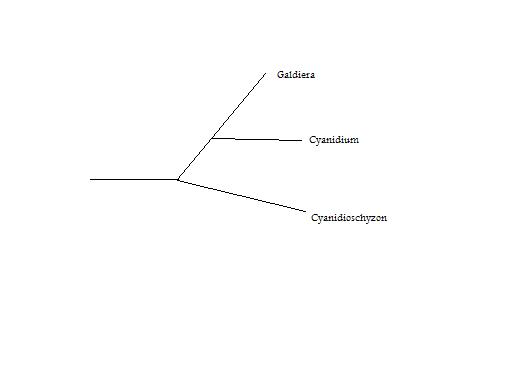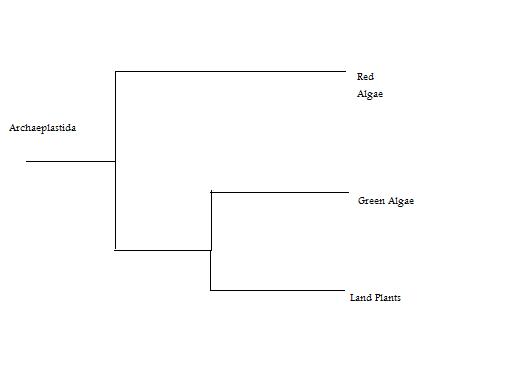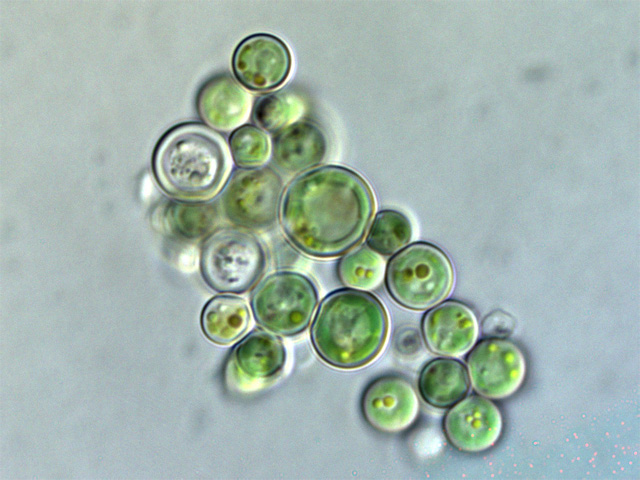
Cyanidium caldarium in the Tree of Life
Domain->Eukaryota
Kingdom-> Protista
Phylum-> Rhodophyta
Class -> Rhodophyceae
Order-> Cyanidiales
Family-> Cyanidiaceae
Genus-> Cyanidium
Species->caldarium
Cyanidium caldarium is classified as a eukaryote because it contains
a true nucleus and membrane bound organelles.
The kingdom Protista is essentially a dumping ground for organisms
that do not fit into any of the other kingdoms
Cyanidium caldarium is classified as a member of the rhodophyta
because it lacks flagella and because it contains the photosynthetic
pigments, phycoerythrin and phycocyanin.
Rhodophyceae is the sole class of the phylum, rhodophyta
Cyanidium caldarium is classified as a member of the cyanidiales
because it is asexual, unicellular and has the ability to grow in
hot and acidic environments. This order contains three genera.
These genera are Cyanidium, Galdieria, and Cyanidioschyzon.
Galdiera Sulphurarous will soon be the first of the cyanidiales to
have its
genome sequenced.
Cyanidiaceae is the sole family of the order, cyanidiales.
Cyanidium is separated from the other cyanidiales based on genetic
data.
Cyanidium caldarium is the sole species of the genus Cyanidium.
Its name refers to its blue-green color and its habitat of hot
streams and soils.

The cyanidiales are differentiated from each other based on molecular evidence. Specifically, the genes psaA, psaB, and rbcL have been used to differentiate them.

Using the supergroup system of classification, Cyanidium caldarium and other red algae are part of the supergroup, archaeplastida, which also includes green algae and land plants. All members of the archaeplastida are photosynthetic.
| Main Page | Life in Acidic Hot Streams | Nutrition | Reproduction/Life History | Phylogeny | References |
